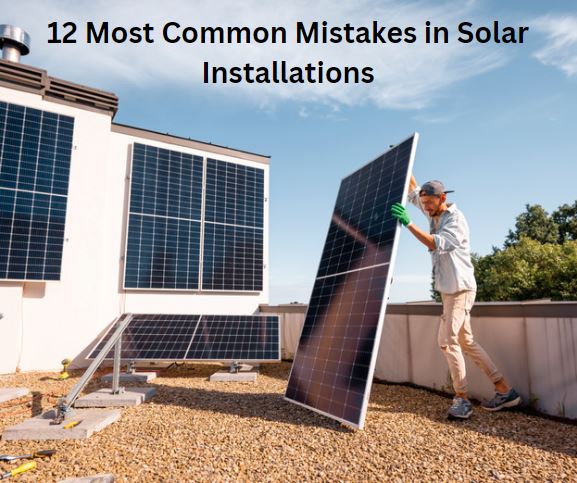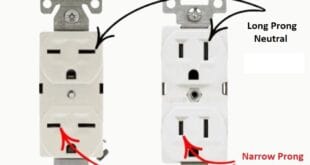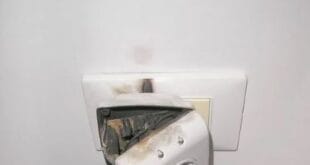Mistakes to avoid when installing solar panels
Harnessing solar energy through installations has become increasingly popular as the world shifts towards sustainable energy sources. However, despite its growing popularity, solar installations can still encounter numerous pitfalls, leading to inefficiencies, increased costs, or even safety hazards. Understanding and avoiding these common mistakes is crucial for ensuring the success and longevity of solar projects.

12 Most Common Mistakes in Solar Installations
Here are twelve of the most prevalent errors encountered in solar installations, along with strategies to steer clear of them:
- Poor Site Selection: Failing to adequately assess the solar potential of a site can significantly impact system performance. Factors such as shading from nearby structures or vegetation, orientation, and tilt angle must be carefully evaluated to maximize sunlight exposure.
- Incorrect System Sizing: Overestimating or underestimating energy requirements can result in either an unnecessarily large investment or insufficient power generation. Conducting a thorough energy audit and considering future energy needs is essential for determining the appropriate system size.
- Subpar Component Quality: Opting for low-quality solar panels, inverters, or mounting hardware to cut costs can compromise system efficiency and reliability. Investing in reputable, durable components may entail higher upfront expenses but ensures better long-term performance and fewer maintenance issues.
- Inadequate Ventilation: Improper ventilation around solar panels can lead to heat buildup, reducing their efficiency and lifespan. Leave sufficient space between panels and the roof to facilitate airflow and prevent overheating.
- Faulty Wiring and Connections: Poorly installed wiring or connections can increase the risk of electrical hazards and system malfunctions. Following manufacturer guidelines and employing qualified electricians for installation and maintenance is crucial for safety and performance.
- Ignoring Local Regulations: Neglecting to adhere to local building codes, zoning laws, or permit requirements can result in legal complications and project delays. Familiarize yourself with relevant regulations and obtain all necessary permits before commencing installation to ensure compliance.
- Inaccurate Shading Analysis: Underestimating the impact of shading on solar panels can lead to significant energy losses. Utilize shading analysis tools or consult with professionals to accurately assess shading patterns and mitigate their effects through strategic panel placement or tree trimming.
- Inadequate Roof Inspection: Failing to assess the structural integrity of the roof before installation can pose safety risks and potentially damage the roof structure. Conduct a thorough roof inspection to identify any issues and make necessary repairs or reinforcements to support the solar array safely.
- Neglecting Maintenance: Solar installations require regular maintenance to ensure optimal performance and longevity. Neglecting tasks such as cleaning panels, inspecting wiring, and monitoring system output can lead to efficiency losses and premature component failure.
- Poor Inverter Placement: Installing inverters in unsuitable locations, such as areas prone to temperature extremes or excessive humidity, can compromise their efficiency and lifespan. Choose well-ventilated, sheltered locations for inverters to ensure optimal performance and reliability.
- Inadequate Grounding: Improper grounding of solar arrays can increase the risk of electrical faults and pose safety hazards. Follow industry best practices and local electrical codes to ensure proper grounding of all system components.
- Lack of Monitoring and Performance Tracking: Without monitoring systems in place, it can be challenging to detect issues such as underperformance or faults in a timely manner. Implement monitoring solutions to track system performance and promptly address any anomalies or inefficiencies.
By avoiding these common mistakes and investing time and resources in careful planning, quality components, and professional installation, solar adopters can maximize the benefits of their installations while minimizing risks and setbacks. As solar technology continues to evolve, staying informed about best practices and industry standards remains essential for successful solar projects.
Related Questions
Do solar panels use light or heat?
 Electrical Engineering World Wiring a Brighter Tomorrow!
Electrical Engineering World Wiring a Brighter Tomorrow!


